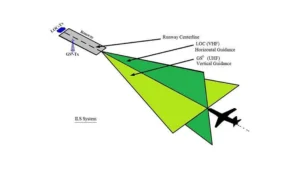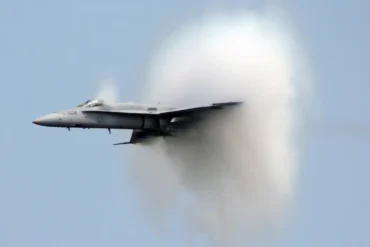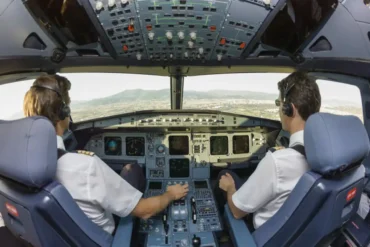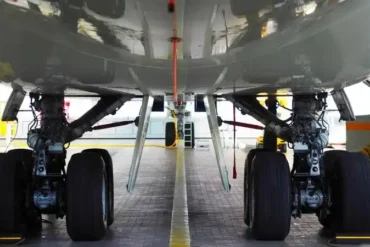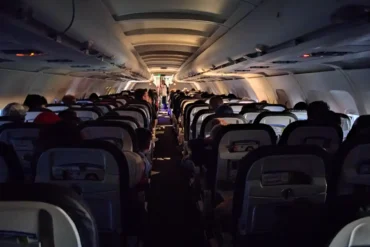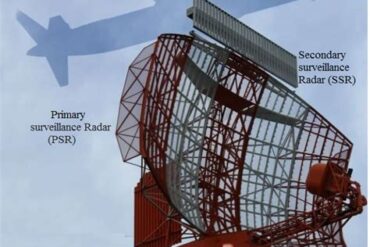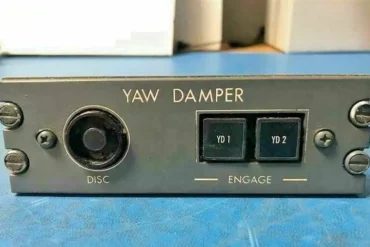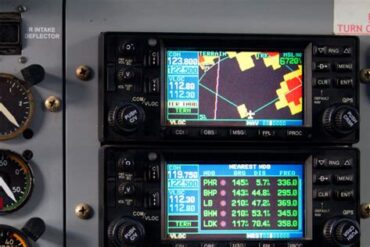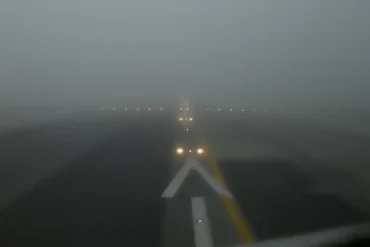Ever wondered how planes land safely when it’s foggy or cloudy? They use a cool gadget called the Instrument Landing System, or ILS for short. It’s like a radio guide that helps pilots find the runway, even when they can’t see it!
With ILS, pilots can land their planes when they can only see about half a mile ahead and the clouds are as low as 200 feet. Pretty impressive, right?
The ILS has a few important parts:
- A localizer that helps with left-right directions
- A glideslope for up-down guidance
- Sometimes, they add approach lights and marker beacons too
Localizer
The localizer is like a invisible line that helps pilots stay centered on the runway. It sits at the far end of the runway and sends out radio signals. These signals create a path that’s about 700 feet wide at the start of the runway.
The localizer uses two different radio frequencies: one at 90 Hz and the other at 150 Hz. When a plane is right on track, these frequencies balance out, and the pilot sees an “on-course” signal in the cockpit. It’s like a high-tech game of “hot and cold”!
The localizer works best when you’re lined up with the runway, but it can still help even if you’re a bit off to the side.
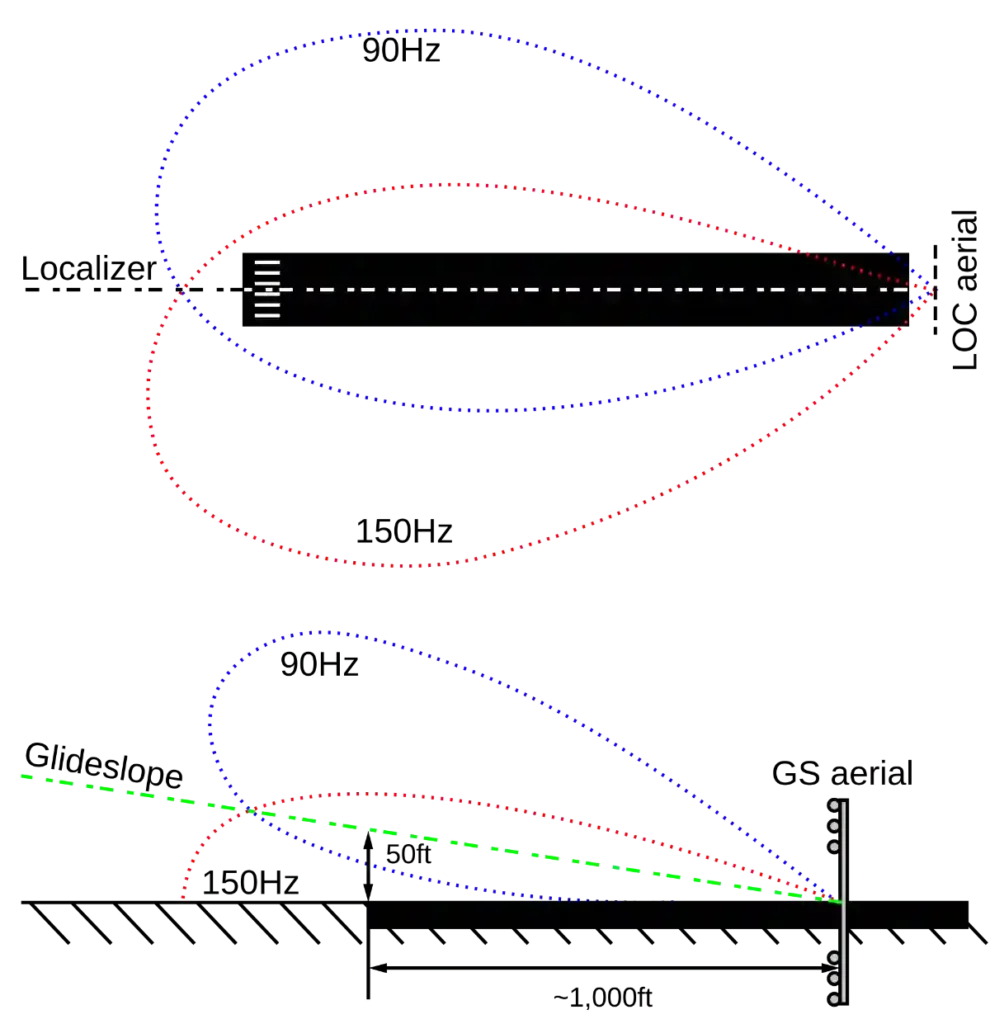
Glideslope
The glideslope is like an invisible slide that guides the plane down to the runway at just the right angle. It’s usually set up near the touchdown point on the runway.
Just like the localizer, the glideslope uses two radio frequencies to create a path. This path is usually at a 3-degree angle to the ground, which is just right for a smooth landing.
Watch Out for Fake Glideslopes!
Sometimes, things on the ground can bounce the glideslope signals around, creating “fake” glideslopes. These might trick a plane into coming in too steep. That’s why pilots always approach from below the real glideslope – it’s like climbing up a slide instead of sliding down it!
Approach Lighting
When it’s hard to see, special lights called the approach light system (ALS) help pilots find the runway. These lights guide pilots from flying by instruments to flying by sight, and help them line up with the center of the runway.
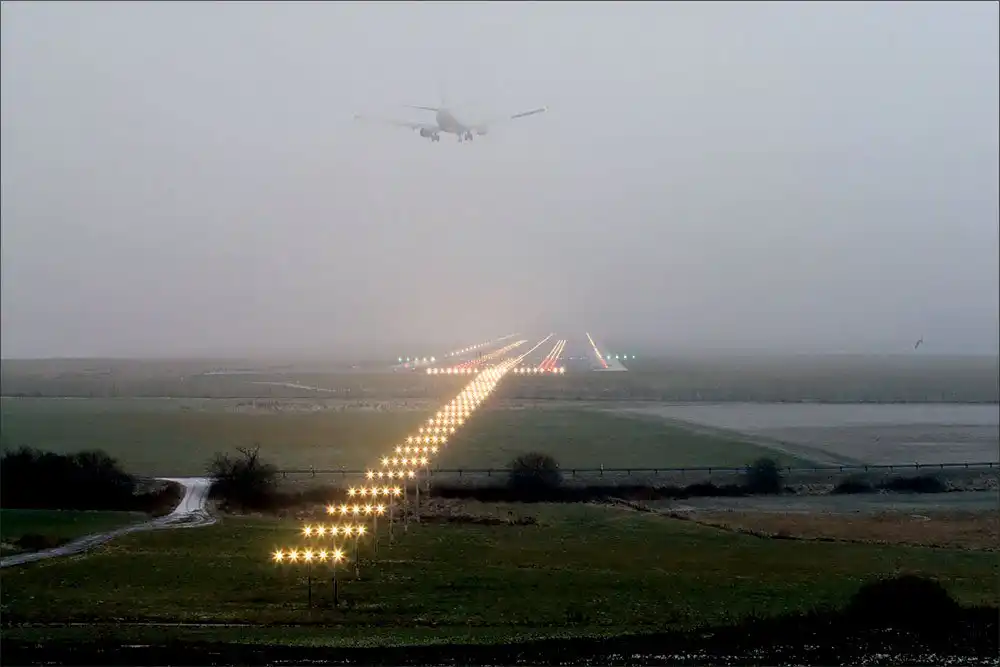
Marker Beacons
Before modern technology, pilots used marker beacons to know where they were on the approach. These beacons make sounds or light up in the cockpit to show how close the plane is to the runway.
There can be up to three types of marker beacons:
- Outer Marker: Says “You’re starting your final approach!” (blue light)
- Middle Marker: Says “You’re almost there!” (amber light)
- Inner Marker: Says “Decision time!” for special low-visibility landings (white light)
How Pilots Use the ILS
To use the ILS, pilots first line up with the runway using the localizer. Air traffic control might help them do this, or they might use a special turn called a procedure turn.
Once they’re lined up, they fly towards the runway, staying level until they reach the glideslope. Then, they start a gentle descent, usually at that 3-degree angle we talked about earlier.
In most modern planes, pilots see the localizer and glideslope as lines or symbols on their instruments. These show if the plane is on course or needs to adjust left, right, up, or down.
As the plane gets closer to the runway, the ILS signals become more sensitive. Pilots need to make small, careful adjustments to stay on course. It’s like threading a needle – the closer you get, the steadier your hand needs to be!
A Time-Tested Tool for Safe Landings
The ILS has been helping planes land safely for almost 100 years! It’s a reliable way to get planes on the ground, even when the weather is so bad that pilots can barely see the runway. Pretty amazing, isn’t it?
